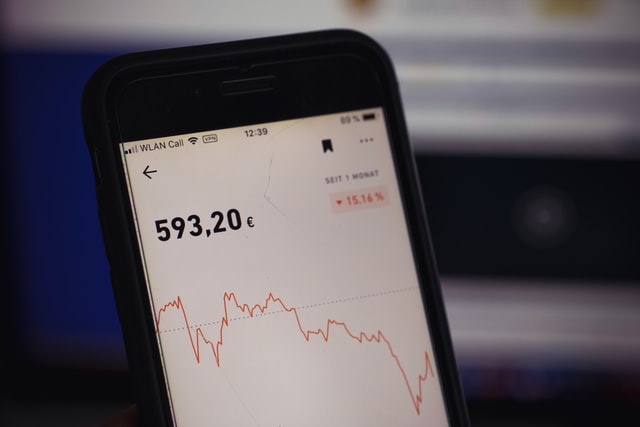
When you think of the phrase “Investing is a game of risk and reward” what springs to mind? For some this will conjure up memories of the 1929 Wall Street crash, for others it will remind them of their last pension valuation report perhaps or a personal business venture they themselves entered into. It can be summarised by saying that the greater the risk a person undertakes, the greater the reward he or she will receive if that investment makes a profit. But then again, the opposite is also true. Understanding your own risk tolerance and getting comfortable with risk is a cornerstone of Financial Planning and one that needs to be explored in detail before any funds are committed.
Why managing Investment Risk requires sophistication
There are eight types of risk that can and will impact your investment returns and these are described below in more detail. Some are more within your control than others and with skilful planning their impact can be curtailed, though not fully eradicated. If that were not the case successful investing would be carried out by every primary school child and older across the country, which we know is not the case.
Types of Investment Risk
Liquidity Risk
This is the risk that a company faces in having enough funds to cover their short-term debts without running out of money. This is where the importance of having stable cash reserves comes into play. This risk can be managed by investing in low liquidity risk assets such as Bonds and shares which allow for a fast settlement period on sale rather than property for example which requires a longer sale period. At Aspire Wealth Management we primarily advise clients to invest in funds rather than private individual companies or properties which is where this risk would be predominantly based.
Systemic Risk
This risk type addresses the market as a whole rather than an industry or fund specific risk. The 2008 Banking crisis was an excellent and unfortunate example of Systemic risk as fear gripped the markets about the capacity of banks to repay each other. What that period of time demonstrated is that there are no “sacred cows” in the world of investing and that every investment type carries its own risks. We all probably know someone who worked in a bank at that time and who held shares in their employer’s publicly quoted companies and which are now almost worthless. Many of these people relied on their bank shares for a retirement nest egg which no longer exists.
Non-Systemic Risk
This risk type is the opposite of systemic risk and relates to individual industries or a company failing. This risk comes about through a variety of means but is often entered around legislative or innovation/disruptive change and can only be managed but not mitigated as a part of portfolio planning. Thankfully as the risk is industry and/or company specific switching industry or company type removes exposure to this risk. Again, the use of a fund, which is comprised of a number of companies, mitigates the risk of individual stock investing.
Default risk
This type of risk is all too common and relates to the risk of a borrower not repaying their debts. These borrowers are often institutions but can be individual companies too. Investing in high grade bonds and sovereign (Government) bonds accounts for this risk type. Just in case you think that countries never default on their sovereign bond issues, think again. Argentina has defaulted on their international bond issues on nine occasions.
Income Risk
Income risk occurs when interest rates rise leading to a decline in an investment fund profits. Investing in long term bonds with fixed interest rates can offset this impact from an investment strategy perspective.
Inflation Risk
A very topical subject at the moment, it refers to the risk that the future value of an asset will be reduced due to the increase in the cost of production of goods such as raw materials. In an Irish context this can be seen in the recent price of Timber, fuel, and food. This risk type can be managed by investing in inflation linked bonds that align with price fluctuations in the bond markets.
Currency rate risk
As the name suggests, this risk occurs when you hold assets in different currencies and are exposed to the exchange rate prevalent at any given time when purchasing and selling same. This risk can be reduced by hedging which allows you to lock in a given exchange rate.
As shown, risk is ever present in order to gain access to the ability to earn a profit worth having. A skilled Financial Planner is well-versed in identifying and managing that risk. This is why financial advice is individual and tailored to the specific needs and desires of the client. There are always principles to follow however and as such, the above risks are always factored into our thought process at Aspire Wealth Management when we advise our clients.
Call Aspire Wealth Management on 01- 8455827 today or schedule a call back or Zoom meeting on us through our website www.aspire-wealth.com so we can assess your own risk appetite today and plan for the future you desire and deserve.
Find Out How We Can Help You
Improve your financial future by arranging a call back or online meeting.
Simply book yourself into an appointment at one of our available times.

